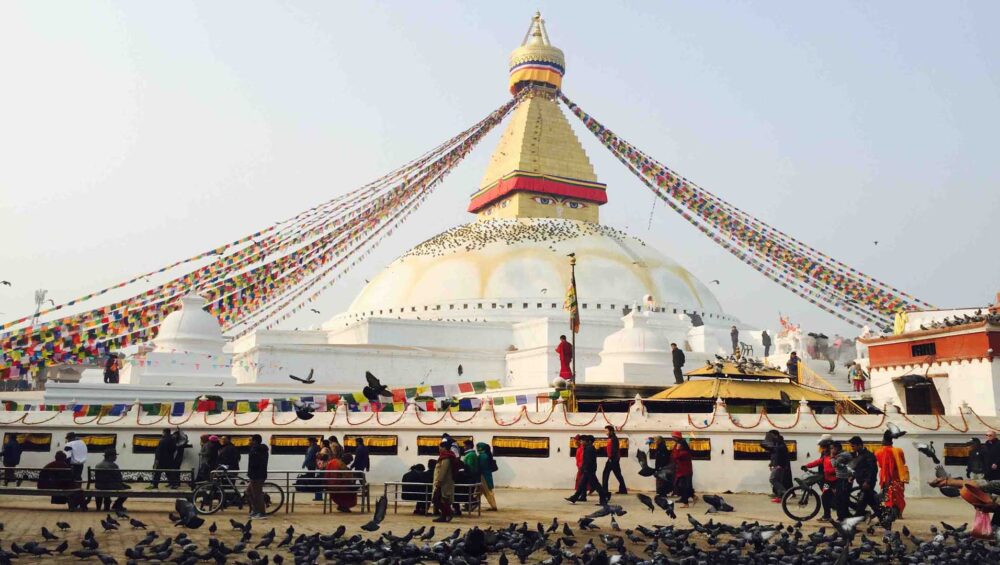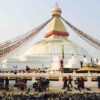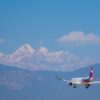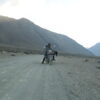Kathmandu, the amazing capital of Nepal, is home to a long and illustrious history that dates all the way back to the 12th century.
Because Kathmandu is such a chaotic, crowded, and noisy city, there is a significant probability that you will either fall in love with the city or just want to run away to the Garden of Dreams. There are so many amazing tourist attractions in Kathmandu, you will never find yourself bored in this city, and if you plan to visit Nepal, you should make sure that you spend at least a few days in Kathmandu.
At first glance, Kathmandu may appear to be “crazy,” but if you look behind the scenes, you’ll find that it’s actually quite peaceful. If you go to the Swayambhunath “Monkey” Temple or the Kopan Monastery, you’re sure to find a little piece of Nirvana there.
If food is your thing, there is a strong possibility that after eating the momos or the garlic soup (both of which are available in virtually unlimited quantities), you will be left drooling for more.
Due to the fact that Kathmandu is buzzing with activity throughout the entire year, I have compiled this post to assist in locating the top locations to visit in Kathmandu.
1. Boudha Stupa
In Asia, Boudha is among the largest stupas (a Stupa is a place of worship where Buddhist generally visit for worship. Seeing Boudha up close with the thousands of pilgrims and visitors is an incredible experience, even if it can be seen from miles away. Since Boudha was
supposedly constructed at the same time that the Tibetan King converted to Buddhism (around 600 AD), it is considered a holy site by Buddhists.Incredible as it may seem, Boudha suffered almost any damage during the devastating earthquake of 2015. The greatest time to visit Boudha is right after dark, when people come out to light butter lamps and burn incense. Don’t forget this place when planning your trip to Kathmandu!
2. Kathmandu Durbar Square
To the south of Thamel is where you’ll find Durbar Square, which was, sadly, extensively damaged in the earthquake of 2015.
Sometimes the name “Bhaktupur,” which refers to a nearby settlement, and “Durbar Square,” the central square of Kathmandu, which is a UNESCO World Heritage Site, are interchanged.
Temples, stupas, and even a Sadhu or two may be seen scattered around Durbar Square. From Thamel, it is not difficult to go to Durbar Square, which is around 700 meters away; once there, you may visit some of the major temples or just sit back and watch people feed
pigeons.
3. Swayambhunath
One of Kathmandu’s most breathtaking stupas, popularly known as Monkey Temple, is perched above the city.
Swayambhunath is a UNESCO World Heritage Landmark, and with good reason: it is a beautiful historical site with some of the greatest accessible views of Kathmandu (essentially 360 degrees).
Given its position, Swayambhunath is one of the greatest destinations to see in Kathmandu in my opinion. It’s a must-see in Kathmandu.
Prayer flags adorn the Swayambhunath stupa, which is surrounded by temples, stupas, and sculptures.
Everything is so close together, and when you add people, it may become rather crowded, but don’t let that deter you from visiting.
The ideal time to visit Swayambhunath is early in the morning, about 730 a.m., when the sky is clear and there are less people at the stupa.
Walking around Swayambhunath is best done in a clockwise manner (kora), which also keeps you from running into people going the opposite way.
4. Pashupatinath
Pashupatinath is a very revered Hindu temple that is perched on the banks of the holy Bagmati River. Here, you may see holy men known as Sadhus striking bizarre postures for the camera and witness eye-opening cremations that take place along the holy Bagmati River.
Pashupatinath is one of the greatest destinations to visit close to Kathmandu; the experiences that can be had there are genuinely remarkable, despite the fact that the entrance fee is fairly high.
You should begin your journey by going to the Pashupatinath Temple, which is the biggest edifice in the neighbourhood that is covered in gold paint.
You have to be a member of the Hindu religion in order to get inside, but even if you simply wander about the grounds, you can get a good idea of what goes on within the temple.
You can’t help but be moved in some manner when you visit the cremation Ghats that are situated along the river Bagmati, so make sure you’re ready to view some disturbing sights.







